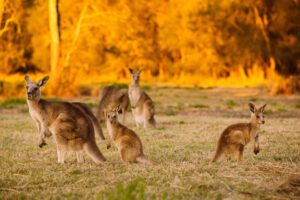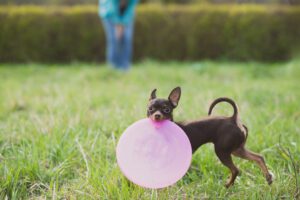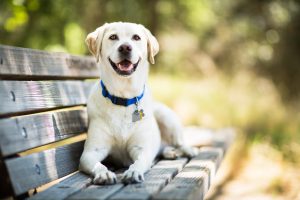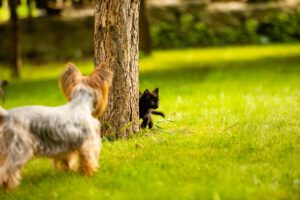Prairie dog feeding habits have a big effect on the landscape. They eat grasses, roots, seeds, and other leafy plants throughout their prairie or plateau habitat. Tall plants are destroyed and the clearings created make it hard for predators to launch a sneak attack. Prairie dogs are diurnal and spend much of the day looking for food; they do not store food in their burrows.
When a female prairie dog is ready to give birth, she goes to the nursery burrow. The young, called pups, are born hairless and with eyes closed.
In the nursery, the mother takes care of her pups until they are about six weeks old and ready to venture above ground. At about one year of age, the young prairie dogs may leave to start a new coterie by taking over abandoned tunnels or by digging new ones.

When prairie dogs from different coteries meet, there’s trouble! To show who is the boss, they stare at each other, chatter their teeth, and flare their tail.
These territorial arguments may last for more than 30 minutes and sometimes include fights and chases. And although they are territorial about their coterie, prairie dogs warn each other of invading predators or other signs of danger.














